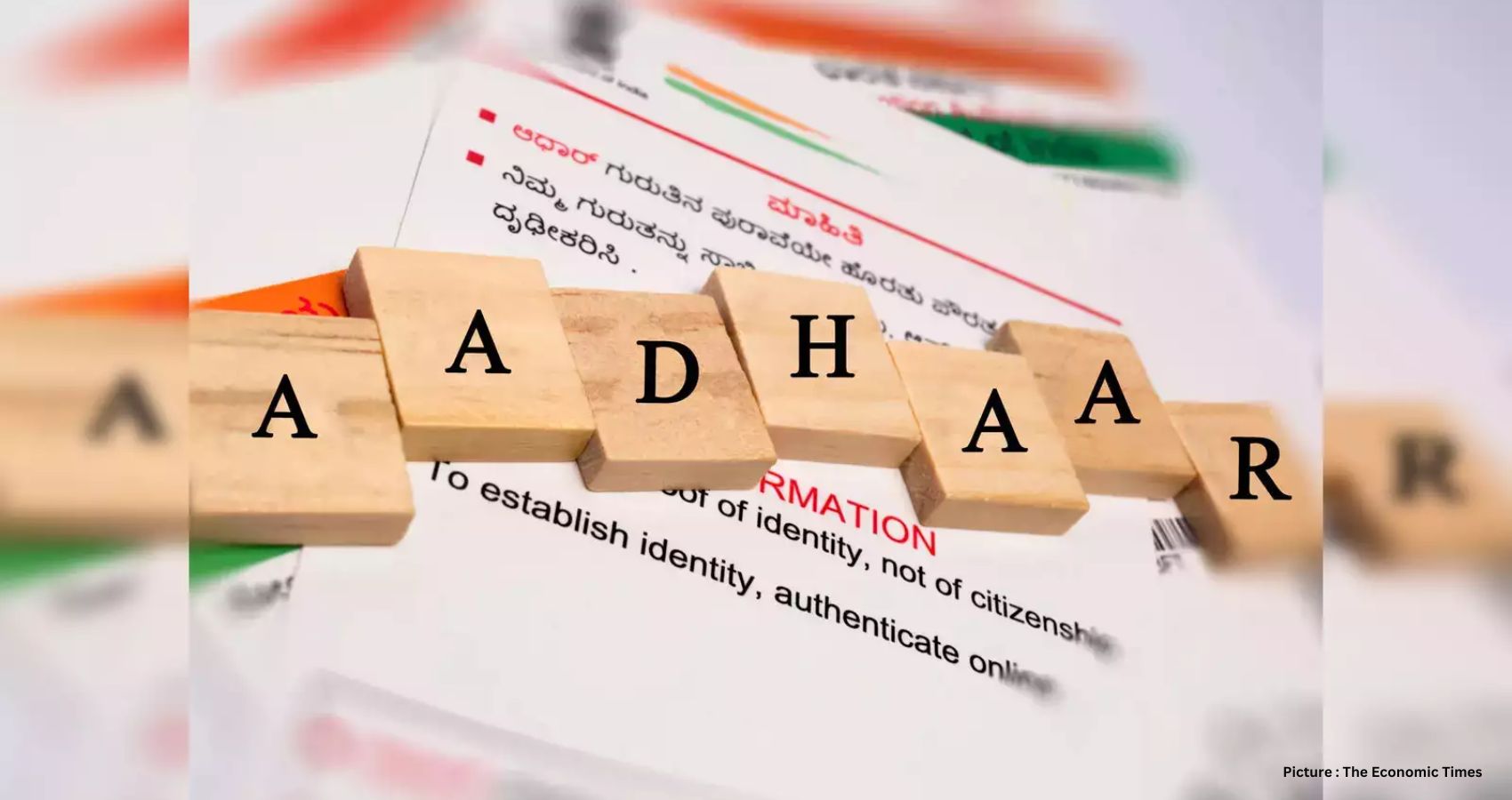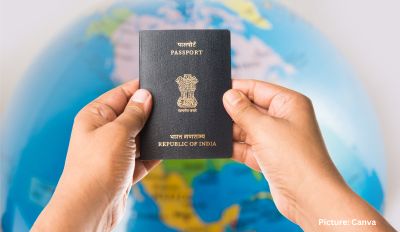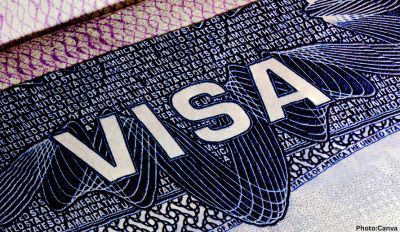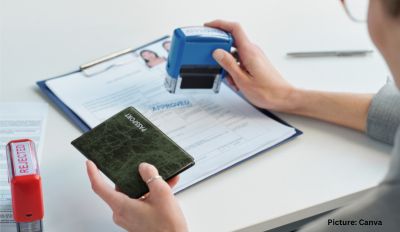The Unique Identification Authority of India (UIDAI) has revealed adjustments to the procedures for Aadhaar enrollment and updates, introducing distinct forms tailored for resident and non-resident Indians (NRIs). These modifications, as per the UIDAI, aim to streamline the process of Aadhaar Card enrollment and updates.
Previously, NRIs were ineligible to apply for Aadhaar cards, but now they are permitted to do so at any Aadhaar Kendra. Initially, the 2016 regulations restricted Aadhaar cardholders to updating their addresses exclusively via online means; however, for more detailed updates, a visit to the nearest enrollment center was obligatory.
Under the updated rules, individuals can now update Aadhaar card information in the Central Identities Data Repository (CIDR) by either visiting the nearest Aadhaar Seva Kendra, using the mobile application, or accessing the UIDAI website.
New forms have superseded the previous ones for both Aadhaar enrollment and updating Aadhaar details. Form 1 will facilitate the enrollment of both residents and non-residents (aged 18 and above with proof of address in India), with the same form serving for updates for this group. Form 2, on the other hand, is designated for NRIs providing address proof outside India.
Form 3 is intended for the enrollment of children aged between 5 and 18 years, whether resident or NRI with a permanent Indian address, while Form 4 is tailored for NRI children with addresses outside India. For children below 5 years of age, Form 5 is used for residents or NRI children with an Indian address, while Form 6 applies to NRI children with addresses outside India. Form 7 is designated for resident foreign nationals above 18 years, with specific mandatory documents including a foreign passport, a valid long-term visa, OCI Card, Indian visa, and a compulsory email ID. Form 8 caters to resident foreign nationals below 18 years, while Form 9 is for the cancellation of the Aadhaar number upon reaching 18 years of age.
The updated rule also stipulates that Aadhaar number holders should update their documents every 10 years from the generation date of the Aadhaar number. This can be accomplished online via the UIDAI website or mobile application, or in person at an Aadhaar Kendra.
Regarding the necessity of Aadhaar cards for NRIs, it is mandatory for every Indian citizen to enroll in the Aadhaar program, which serves as a crucial identification document in various contexts within India. The Aadhaar card serves as both an identity proof and an address proof, and it is also utilized for online Know Your Customer (KYC) processes required for investments in the Indian market.
OCI cardholders can obtain an Aadhaar card; however, it is essential to note that Aadhaar is not a proof of citizenship. Individuals with foreign citizenship, including OCIs, can apply for an Aadhaar card, provided they have resided in India for 182 days or more in a year, in accordance with the Income Tax Act (1961).
The process for NRI enrollment in the Aadhaar program involves visiting any Aadhaar Kendra, presenting a valid passport (Indian passport for NRIs or the country passport for OCIs), filling out the enrollment form, providing a mandatory email ID (international mobile numbers are currently not accepted), and completing the biometric capture process. A declaration specific to NRI enrollment must be read and signed in the enrollment form. The process also involves providing proof of identity, address, and date of birth, either through the passport or other valid documents as per the UIDAI Valid Documents List. After completing the enrollment process, individuals should verify the details displayed on the screen in both English and the local language before submission. Finally, an acknowledgment slip containing the 14-digit Enrolment ID and date & time stamp is issued, which can be used to track the Aadhaar status.











